Asian markets tumble as Trump’s tariffs shake global confidence
Asian stocks slumped on Friday as the fallout from US President Donald Trump’s sweeping new tariffs triggered the sharpest Wall Street sell-off since the COVID-19 crisis. US futures and oil prices also retreated, reflecting fears of a global economic slowdown.
Japan’s Nikkei 225 dropped 2.6% to 33,818.18, while South Korea’s Kospi slipped 0.8% to 2,467.14, amid ongoing tariff talks with the US. Australia’s S&P/ASX 200 sank 1.9% to 7,713.60. Chinese markets were closed for a public holiday.
Trump’s announcement of a baseline 10% tariff on imports—with steeper rates targeting countries like China and EU members—sparked broad concern. According to UBS analysts, these tariffs could shave up to 2 percentage points off US economic growth this year and push inflation near 5%, creating a severe drag on the global economy.
UBS strategists, including Bhanu Baweja, said the measures are so extreme that it’s hard to believe they’ll be fully implemented. But Trump remains upbeat. “The markets are going to boom,” he claimed before departing for Florida, downplaying the sharp losses.
On Thursday, the S&P 500 plummeted 4.8% to 5,396.52—its worst day since the 2020 pandemic crash. The Dow Jones dropped 4% to 40,545.93, and the Nasdaq tumbled 6% to 16,550.61. Smaller companies took the biggest hit, with the Russell 2000 plunging 6.6%, now over 20% below its all-time high.
Markets were already bracing for tariffs, but Trump’s sweeping and aggressive implementation surprised even pessimists. Mary Ann Bartels of Sanctuary Wealth called it the “worst-case scenario.”
Trump’s strategy seems more ideological than tactical, with long-term ambitions of reviving domestic manufacturing. But analysts warn that if these tariffs stick, markets could fall far further.
“Markets may actually be underreacting,” said Sean Sun of Thornburg Investment Management, though he suspects this may be an opening gambit.
Investors are also betting that the Federal Reserve may respond with interest rate cuts to cushion the blow. Yields on 10-year Treasurys tumbled to 4.04% from 4.20% on rising expectations of rate relief.
But rate cuts may be limited. Lowering rates could further stoke inflation, which is already expected to rise as tariffs make goods more expensive for American households.
Despite market chaos, some economic data remains solid. Weekly jobless claims were lower than expected, and the services sector showed modest growth. Still, concerns over weakening demand and rising costs hit a broad swath of the market.
Retailer Best Buy fell 17.8% due to its global supply chain exposure. United Airlines lost 15.6%, amid travel demand fears, and Target dropped 10.9% as consumers face renewed inflation pressure.
In currency markets, the US dollar edged up to 146.05 yen from 145.93 yen, while the euro inched up to $1.1068 from $1.1052.
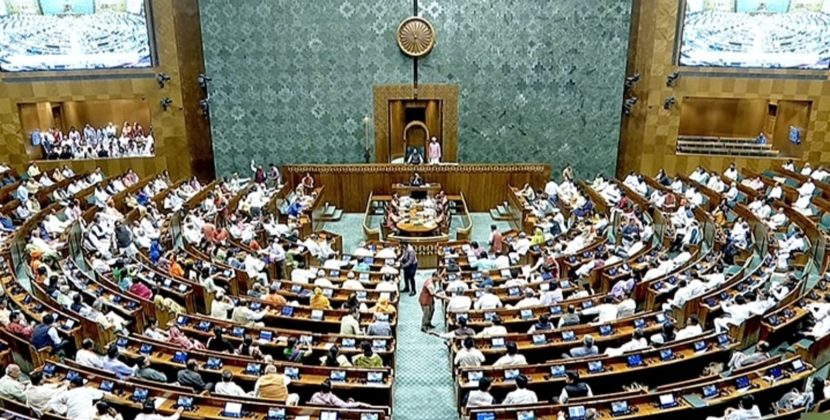

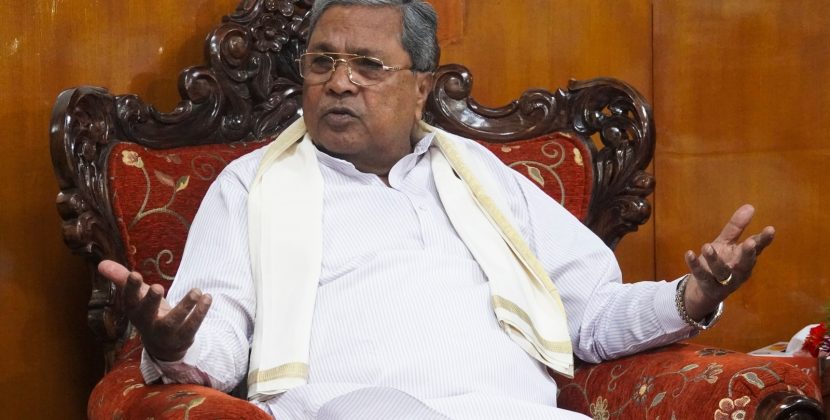
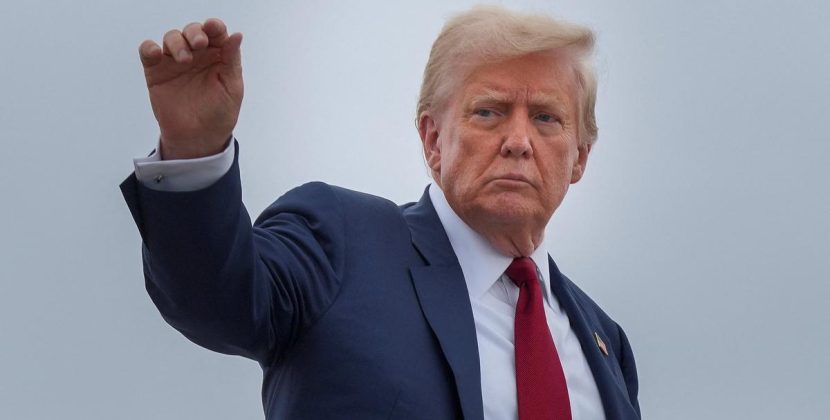





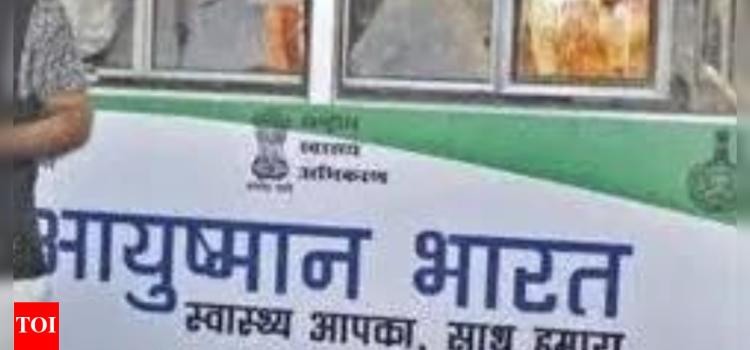


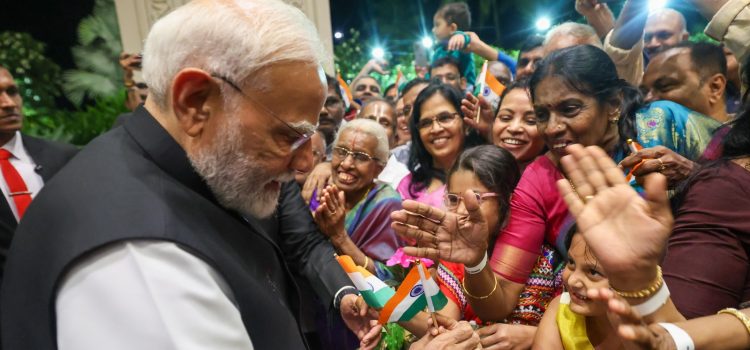
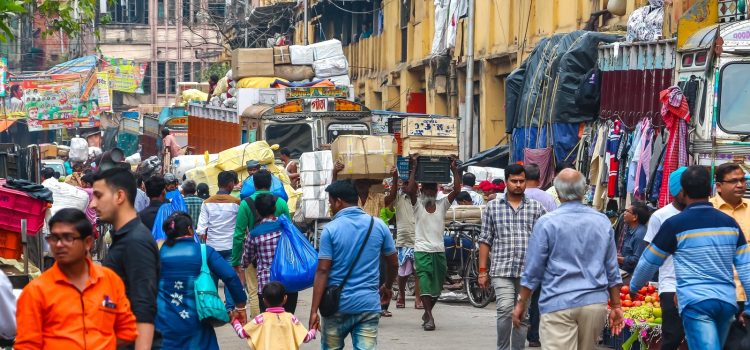

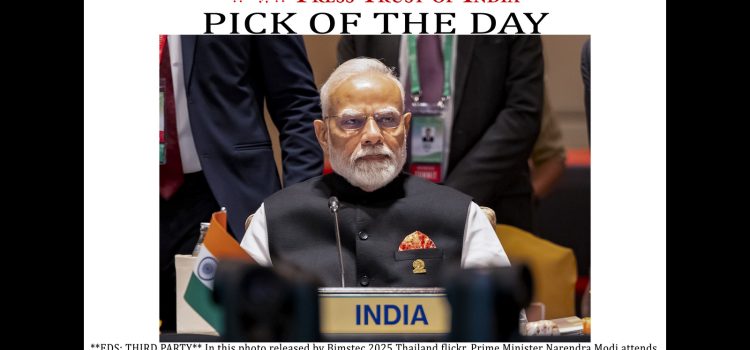
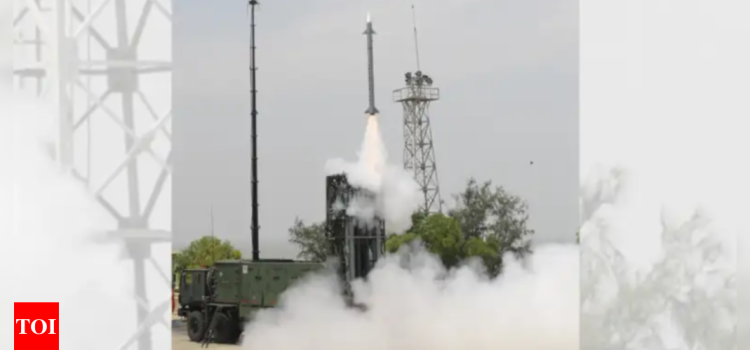
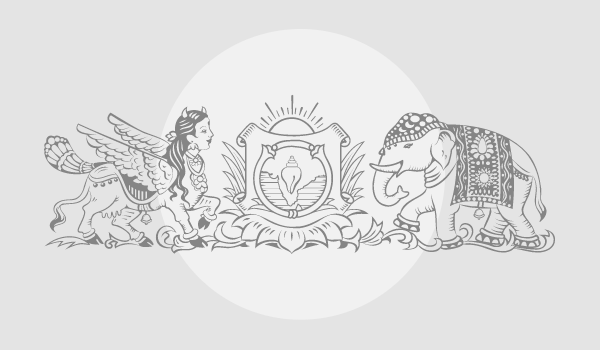
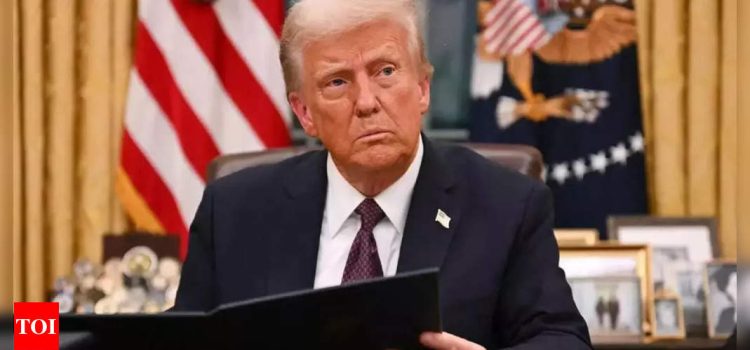
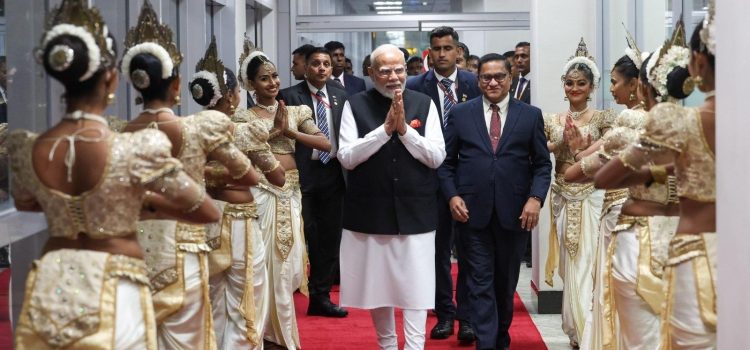

Comments